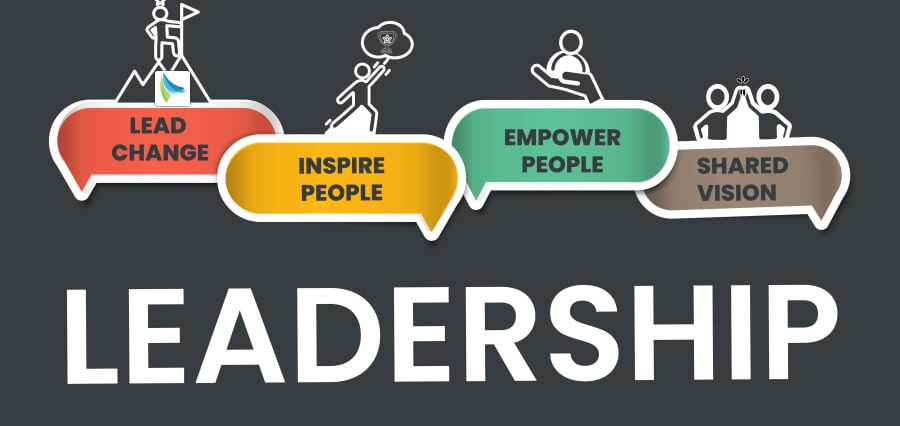Key Technologies and Market Drivers
The transport sector is witnessing one of the largest revolutions in history, and the cornerstone of this revolution is the e-Mobility segment. Triggered by climate change, urbanization, and technological revolution, electric mobility is not a concept for the future—it’s already here. Coupled with this is digital transformation propelling this revolution, with newer solutions emerging that go beyond mere substitution of internal combustion engines by electric drives. From data-based charging infrastructure to fleet management, the e-Mobility industry is being networked more and more.
The Emerging Role of the e-Mobility Sector
Governments and industries around the world are investing heavily in the e-Mobility sector, driven by the need to reduce carbon emissions and achieve climate goals. The International Energy Agency predicts extensive uptake of electric vehicles (EVs) over the next decade, and it is being driven by digital technology to a large extent. What started as being all about creating electric automobiles has now transformed into end-to-end mobility experience—driven by smart grids, networked platforms, and logical infrastructure.
How Digital Transformation Is Revolutionizing the Game
- Smarter Charging Infrastructure
Intelligent, reliable, and hassle-free charging is perhaps the largest challenge for the e-Mobility market. Digitalization is bringing the dream to life with intelligent networks on the backbone of real-time information to provide energy in the most efficient manner. Artificial intelligence-based predictive systems can predict peak time, balance loads among charging stations, and even use renewable power for cleaner charging. Customers are provided with mobile apps that locate the closest available charging station, book a time slot, and make payments with ease.
- Intelligent and Networked Vehicles
Electric mobility is also converging with a larger trend—vehicle connectivity and autonomy. Cyber platforms facilitate EVs’ interactions with infrastructure, traffic management systems, and even other vehicles, and enhance the transport system’s efficiency and safety. Over-the-air (OTA) software update allows the manufacturer to enhance vehicle functions, add new ones, and remove bugs without physical calls to service locations. This connectivity is transforming the e-Mobility business into a technology-driven services business with user experience at its core.
- Data-Driven Fleet Management
For public transport authorities’ EV fleets, logistics companies, and ride-sharing companies, fleet management is mandatory. IoT sensors and cloud analytics enable the operator to track battery health, track energy use, and plan for advance maintenance. Predictive analytics ensures vehicles on the road and not in the workshop, with maximum operating efficiency. All these digital solutions make e-Mobility not just green but also affordable vis-a-vis traditional fuel-based fleets.
- Coupled with Renewable Energy
The e-Mobility industry is being enabled by digitalization to be connected to renewable energy infrastructure. V2G technology, for example, enables EVs to supply power back to the grid while driven under peak loads and become rolling energy storage devices. These technologies are managed by smart platforms that monitor real-time grid load, user behavior, and market price—making the entire energy system resilient and efficient.
Consumer Experience: The Beat of the Transformation
While technology is the driver of change, consumer behavior is the accelerator. The digitally enabled customer does not merely want to go anywhere; she desires to be able to feel in high definition the thrill of being on the move. Apps already optimize routes, provide real-time traffic data, allow remote control of vehicles’ climate and even gamify to encourage environmentally friendly driving behavior. The e-Mobility segment is responding to that by blurring lifestyle and transport into a single platform, offering convenience and experience at every touch point.
Challenges in Digital Transformation
All that growth in spite of, the e-Mobility sector has some challenges to overcome. Cybersecurity is top of the list, with networked vehicles and charging stations themselves as potential hacks. Data privacy must also be tightly managed given that mobility platforms handle large amounts of user data. Finally, there could be a domestic digital divide preventing the industry from thriving in some markets where broadband penetration remains poor or where sophisticated power grids are lacking. These issues will need to be addressed for long-term success with digital transformation in e-mobility. The Road Ahead: Innovations on the Horizon
The subsequent decade will see even more thrilling developments. Artificial Intelligence will keep refining traffic and anticipating user demand. Blockchain can be used to facilitate secure open energy trading among EVs and charging operators. Augmented reality display dashboards will improve road safety, and 5G capabilities will enable real-time vehicle-to-everything (V2X) communications as standard. The e-Mobility industry will not be electric cars only—it will be a whole smart transport network.
Conclusion: At the Helm of a Smarter, Cleaner Future
E-Mobility sector revolution is more than just a digital transformation; it is the driver of its revolution.
Where clean energy technologies meet leading-edge digital technologies, the industry is transforming the movement of goods and people around the globe. The outcome is a cleaner, faster, and more customer-friendly transportation system than ever before. With e-Mobility business unit spearheading innovation, it will pave the way to a future where mobility is not only electric but also smart and networked.
Read Also: How Automotive Leadership Must Evolve for Industry 4.0?











